
Main Insights
- Anime transformations are emblematic of internal struggles and character evolution, adding emotional richness to both heroes and antagonists.
- These transformations grant characters enhanced abilities to confront formidable challenges, often mirroring deep emotional motivations and acts of strength.
- Memorable transformation scenes in anime evoke nostalgia, fostering a strong connection with viewers, and emphasizing growth and perseverance through emotional narratives.
The concept of transformation in anime transcends mere physical alteration; it often signifies pivotal moments of character evolution, signifying growth and increased determination. In many story arcs, a character’s transformation occurs during a critical juncture, symbolizing an internal conflict that culminates in realization. During these sequences, viewers witness the unveiling of new facets of personality and potential, showcasing the evolution of both protagonists and antagonists through striking visual and symbolic enhancements.
More often than not, metamorphoses empower characters with newfound, formidable abilities needed to survive overwhelming confrontations. For instance, Goku’s initial transformation into a Super Saiyan in Dragon Ball Z goes beyond merely enhancing his combat skills; it serves as a vivid representation of his fierce commitment to safeguarding his loved ones. Such power-ups not only deepen character arcs but also heighten the stakes within the narrative.
A Manifestation of Strength and Resolve
Unleashing New Powers and Alterations
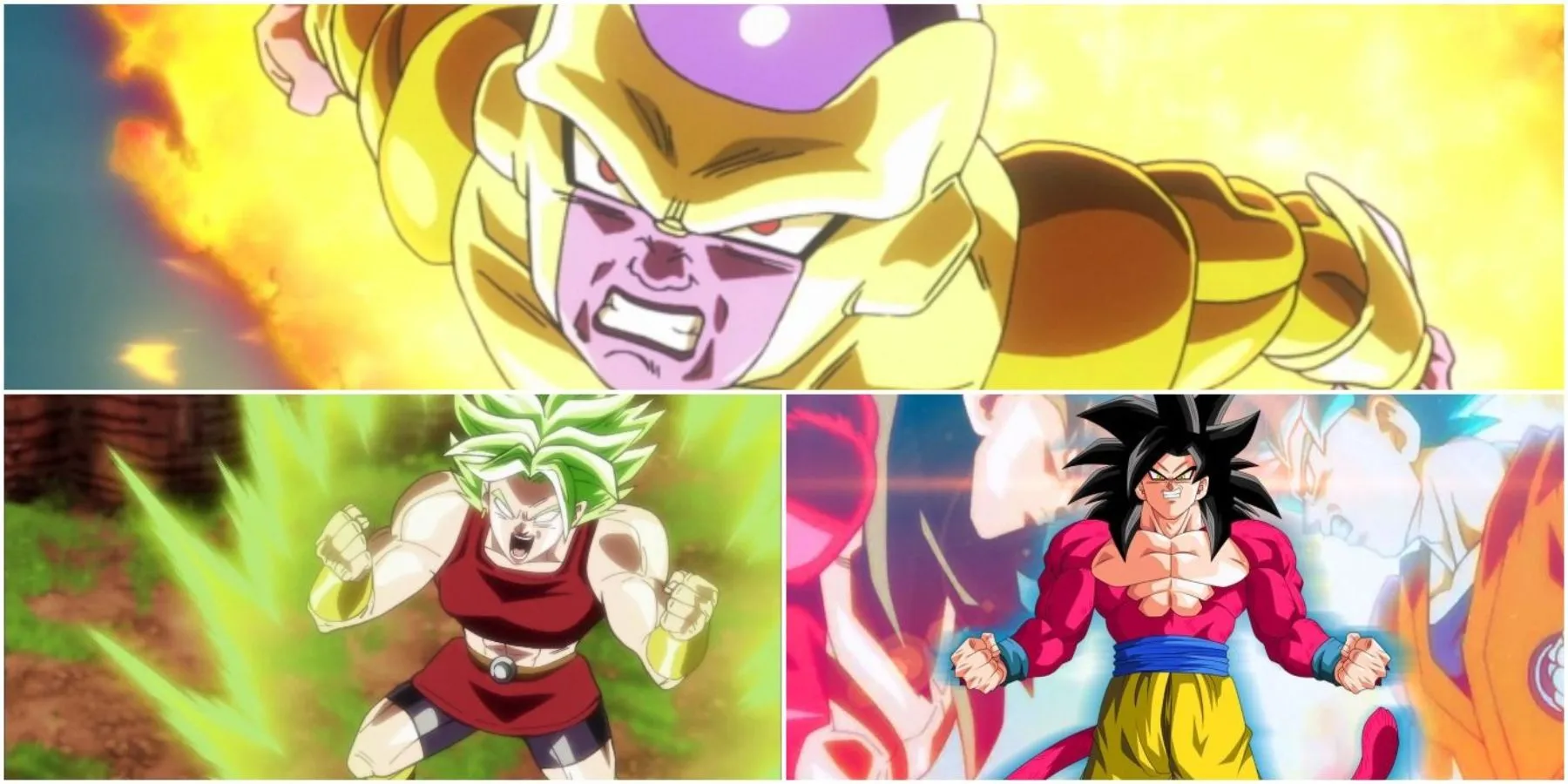
Transformations in anime often involve dramatic visual changes, rendering characters almost unrecognizable compared to their original forms. Notable examples include Naruto’s Nine-Tails transformation and Ichigo’s Hollow form in Bleach. These not only introduce fresh abilities but also reflect intense emotional battles, illustrating their evolution from vulnerability to strength while captivating fans with each power-up.
Beyond mere aesthetics, such transformations frequently introduce innovative combat styles or techniques essential for overcoming specific adversaries. For instance, Frieza’s final form in Dragon Ball Z demonstrates an impressive increase in speed and strength, challenging the protagonists in exhilarating ways. These transformative moments are vital plot elements, signifying a rise in narrative intensity while altering both a character’s abilities and their appearance.
Experience Iconic Moments
Legendary Transformation Moments Across Time
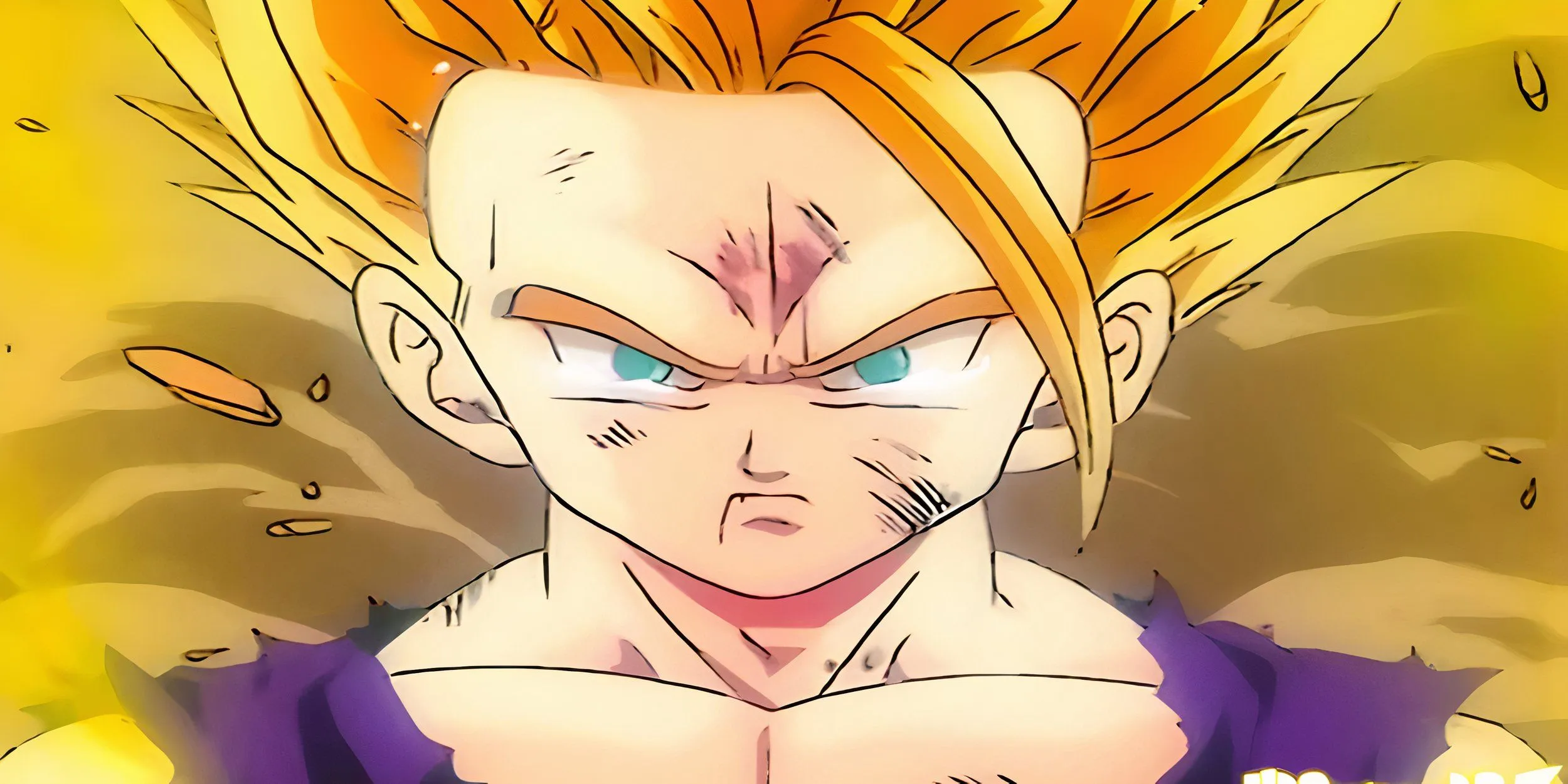
Certain transformation sequences have attained legendary status, resonating deeply with audiences worldwide and invoking lasting feelings of nostalgia. Goku’s debut as a Super Saiyan was not only a milestone for the character but also an indelible moment for fans witnessing it. There’s a unique emotional resonance tied to these transformations, as viewers actively partake in the character’s journey, often empathizing with their challenges. I distinctly remember raising my hands as Goku called for energy for a Spirit Bomb during my childhood. Such moments reinforce the bond between character and audience, enhancing emotional investment in the storyline.
As fans revisit these transformations, they’re often engulfed in nostalgia, recalling the thrill and heartfelt connection these scenes imparted during their initial viewing. Iconic scenes, such as Gohan’s transformation into Super Saiyan 2 or Luffy’s Gear Second activation in One Piece, evoke powerful emotions, helping fans reflect on their formative years and reignite the excitement they felt for anime.

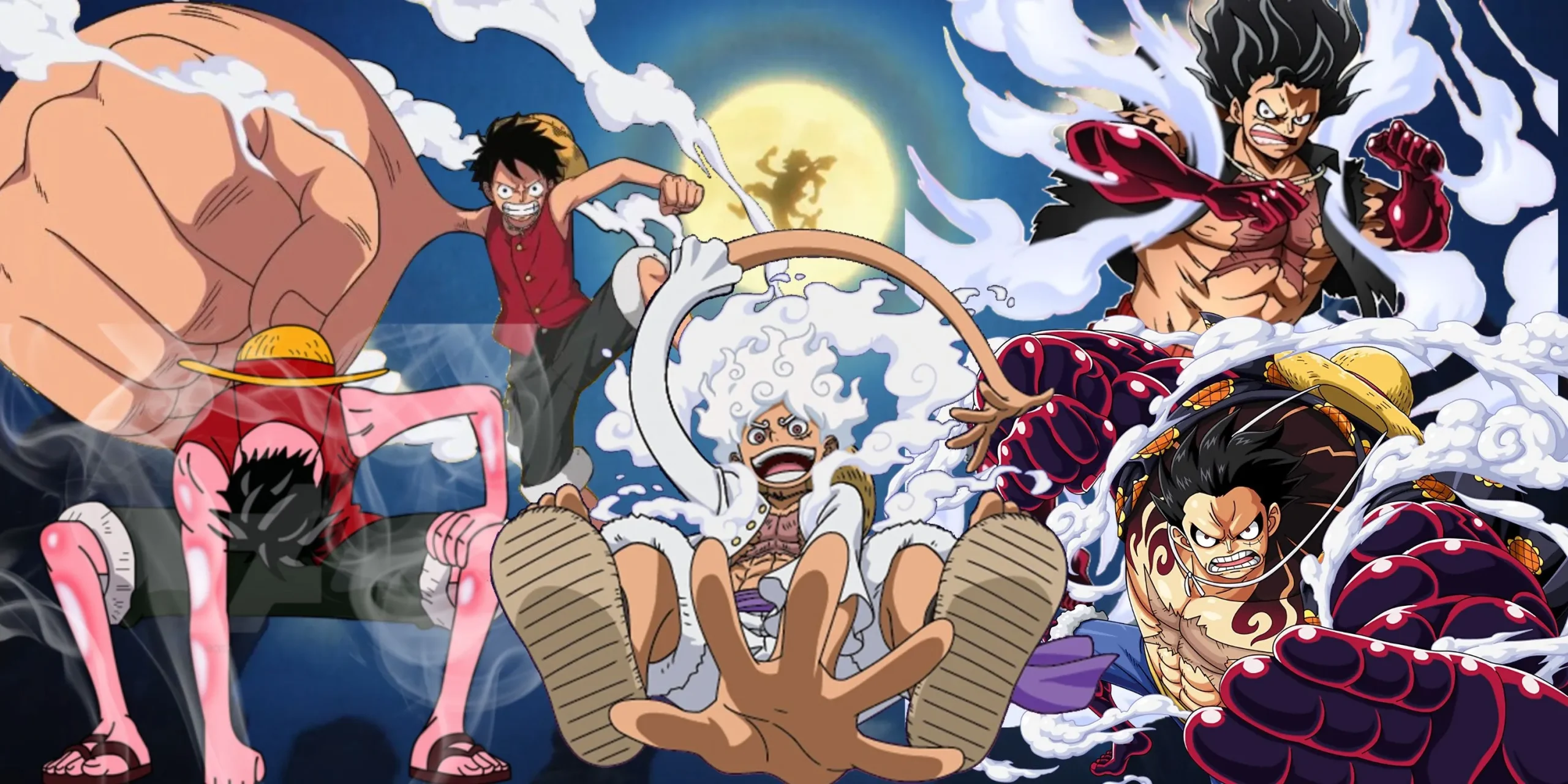
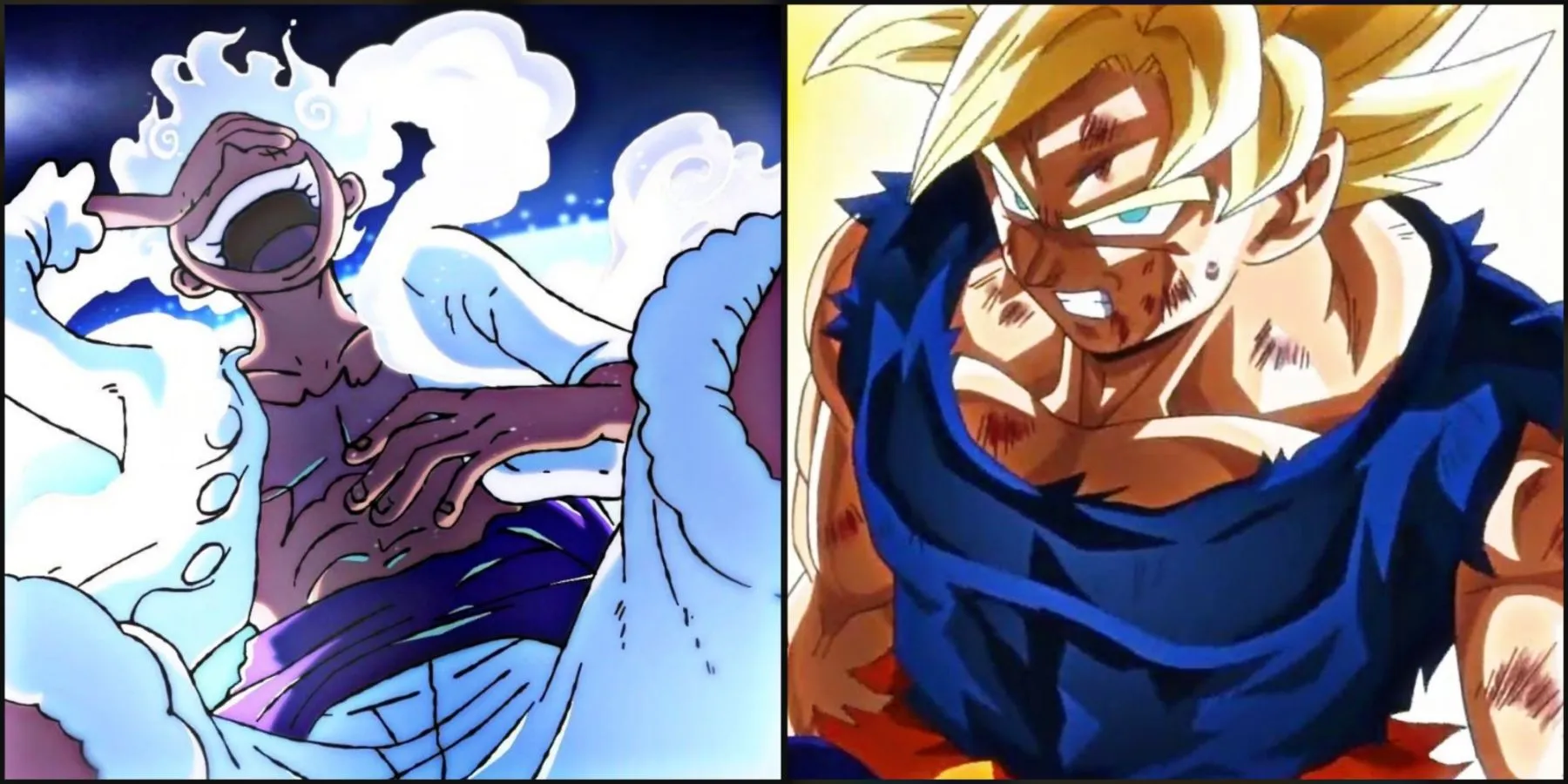

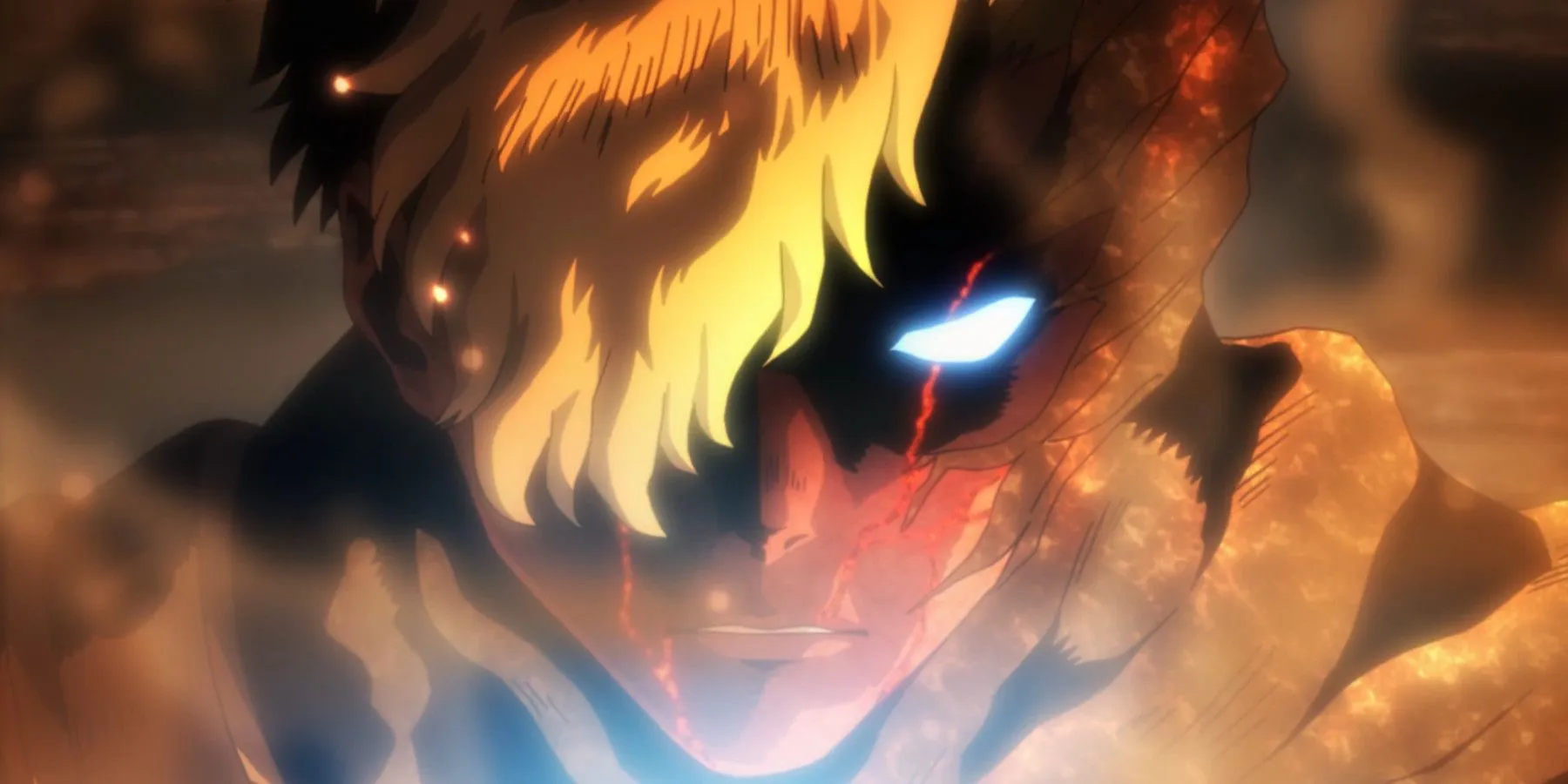
Beyond Mere Power Ups
Transformations and Character Relationships
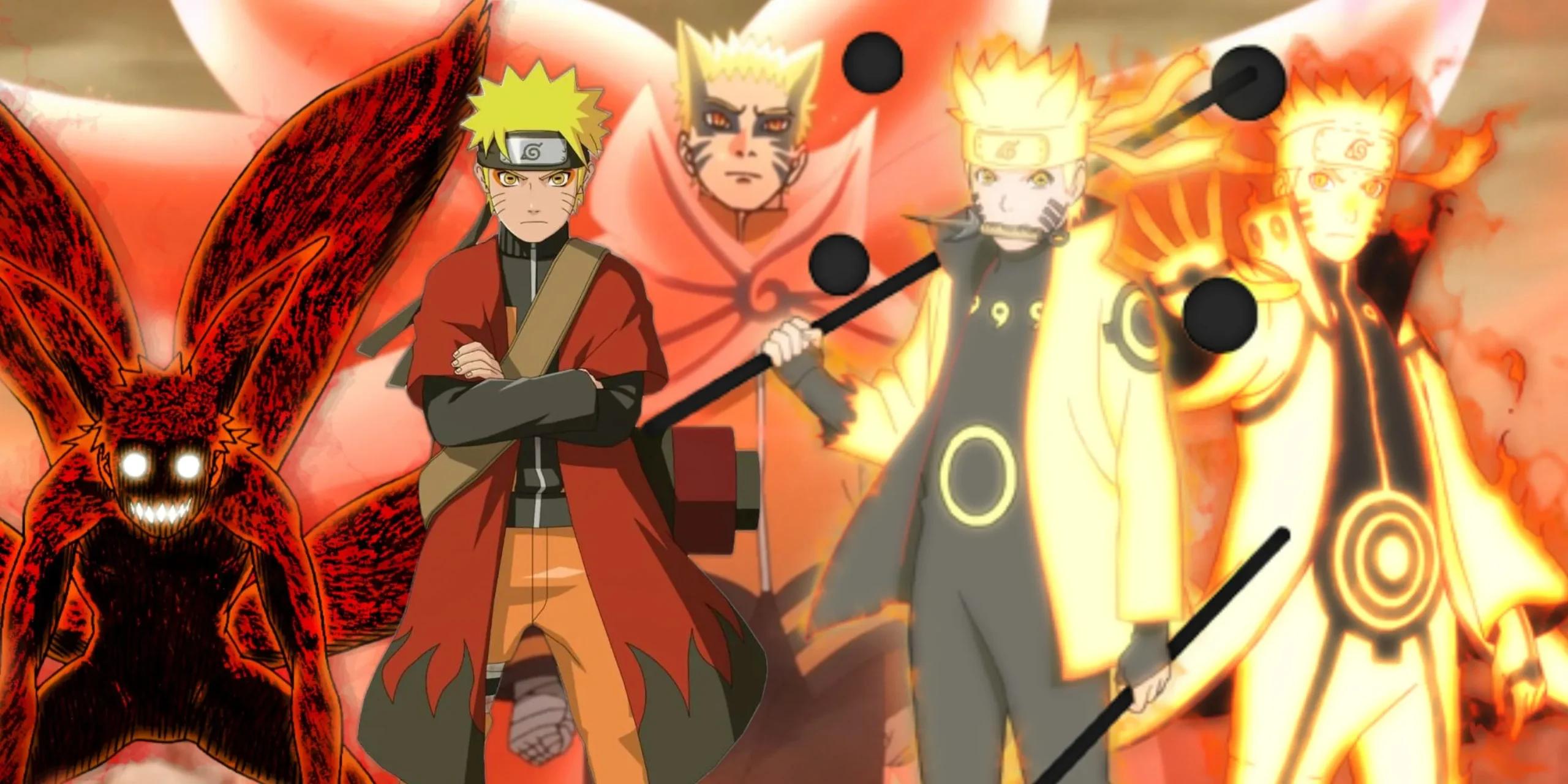
Transformation sequences serve as pivotal moments in the development of character relationships. They often illustrate how those around the transformed character react to their new powers, whether through admiration, rivalry, or fear. For example, Naruto’s mastery of the Nine-Tails’ abilities reshapes Team 7’s dynamics and alters his friends’ perceptions of him. Vegeta’s relentless pursuit of power, motivated by the transformation of Goku in Dragon Ball Z, illustrates a rivalry that compels both characters to push their limits.
These scenes can also embody solidarity, where allies rally to support the character in realizing their full potential. Eren’s ability to transform into a Titan dramatically alters his team’s dynamics, prompting them to strategize around his powers during confrontations with enemies. Such moments enrich the narrative, deepening character connections and allowing viewers to empathize with the overwhelming emotions and trials that drive these transformations.
Emotional Resonance and Nostalgia for Viewers
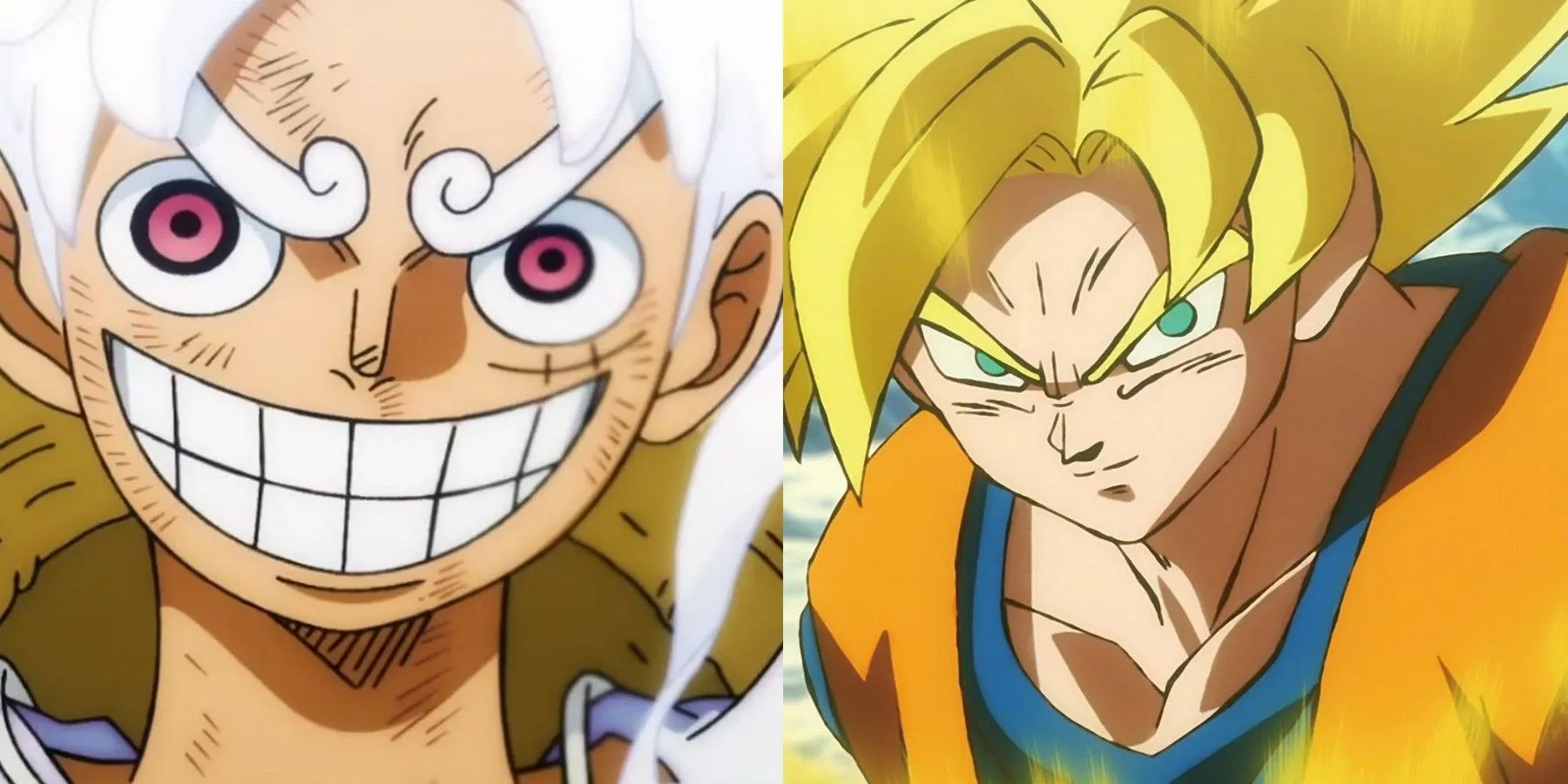
For fans, transformation sequences represent far more than a visual spectacle; they embody an emotional odyssey. The initial experience of witnessing a character transform often ignites a wave of excitement and a profound connection to the narrative. These moments encapsulate attributes such as hard work, sacrifice, and resilience, showcasing the best of each character and evoking pride and inspiration within viewers. Audiences often glean life lessons about perseverance, courage, and inner strength from such transformative episodes.
Even after years have passed since their initial airing, these transformations maintain immense popularity, often triggering nostalgic recollections for fans. Many find themselves reminiscing about the thrill when witnessing Goku’s ascension to Super Saiyan or Sailor Moon’s iconic transformation. This nostalgia underscores not only the enduring appeal of anime but also the timeless nature of character journeys and storytelling.
Over the years, transformation sequences have emerged as some of anime’s most exhilarating highlights. These iconic moments resonate deeply with fans, becoming cherished memories marked by emotional depth and entertainment. Ultimately, transformation sequences encapsulate the essence of anime, celebrating resilience, strength, and growth across generations.




Leave a Reply